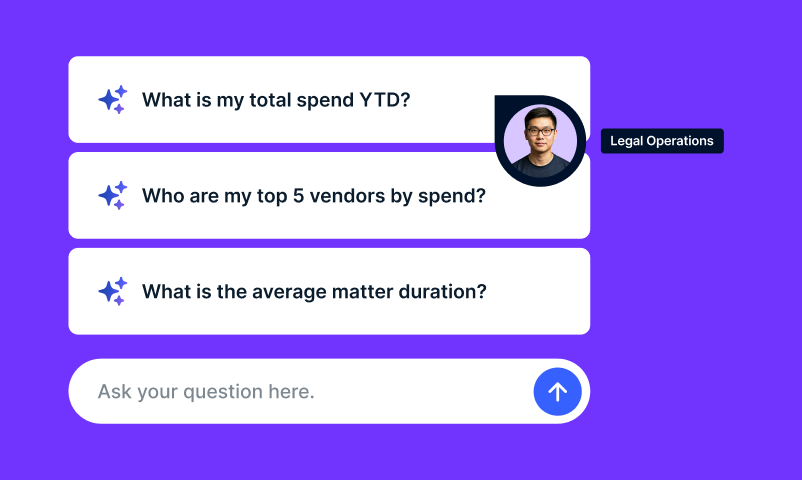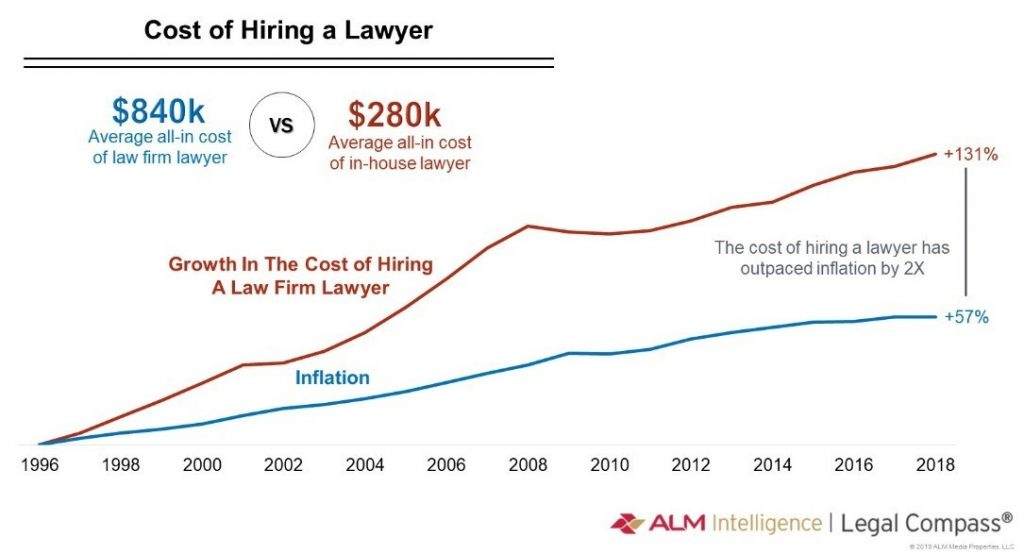
It’s an eye-popping figure: since 2000, the headline reads, more than $105 billion in fines have been paid by corporations under judgment after successful cases litigated by attorneys general across the states.
Over at Law.com, writer Sue Reisinger highlights a report by the DC-based Good Jobs First, a DC-based nonprofit dedicated to government and corporate accountability. She cites a recent report, Bipartisan Corporate Crime Fighting by the States, more than $105 billion wherein the successes of state AGs are cited.
According to GJF’s intro of the document, “the report focuses on 644 cases in which AGs from multiple states took on companies over issues ranging from mortgage abuses to illicit marketing of prescription drugs and collected more than $100 billion in settlements over the past two decades.”
Among the biggest targets? Bank of America, which has paid requisite penalties to states totaling $26 billion.
For his part, the BofA spox demurred, saying “[t]here’s nothing new in the report, which simply highlights the well-known fact that we made substantial payments to resolve mortgage-related issues largely stemming from Countrywide and other acquisitions.”
That’s an interesting way to talk about $26,000,000,000.00 in fines.
One interesting observation was the bipartisan note the report rings. While many may observe the partisan rancor over suits filed over Obamacare or President Trump’s immigration policies, co-author Phil Mattera said the report “shows quite a significant history of states working together, especially in a bipartisan way.”
Mattera went on to say he expected suits and assessments like those described to grow.
What does this mean for corporate leaders? Well, if you’re GJF, probably nothing, if you play by the rules.
Every company and individual in America is entitled to a vigorous defense, with the presumption of innocence. But we all know the law and the priorities of attorneys general can change with every election year. With 2020 approaching, it’s smart for every savvy general counsel to take a look at their legal spend, and make sure they’re taking steps to maximize the value of their spend while matching matter of the highest need to talent of the highest caliber.
Bodhala is a groundbreaking legal technology platform created by lawyers to transform the half-a-trillion dollar global legal industry. Our platform refines organizational processes by empowering your legal team with deeper insights that allow you to better analyze, interpret and optimize outside counsel spend, trailblazing a new era of legal market intelligence.
We’re built on data – and how we develop it, how we utilize it and how we analyze it for the benefit of our customers sets us apart. Our proprietary benchmarking metrics and rate review algorithms generate detailed insights into every aspect of legal spend. An intuitive dashboard puts the information you need to make more cost-effective decisions about legal service providers at your fingertips, effectively boosting efficiency and reducing your bottom line.
Get in touch [email protected].
Dive Deeper
Want to learn more about how our cutting-edge AI system can supercharge the value in your legal spend? Download this FREE whitepaper with three billing guidelines that will start you down the right track:
Free Billing Guidelines













